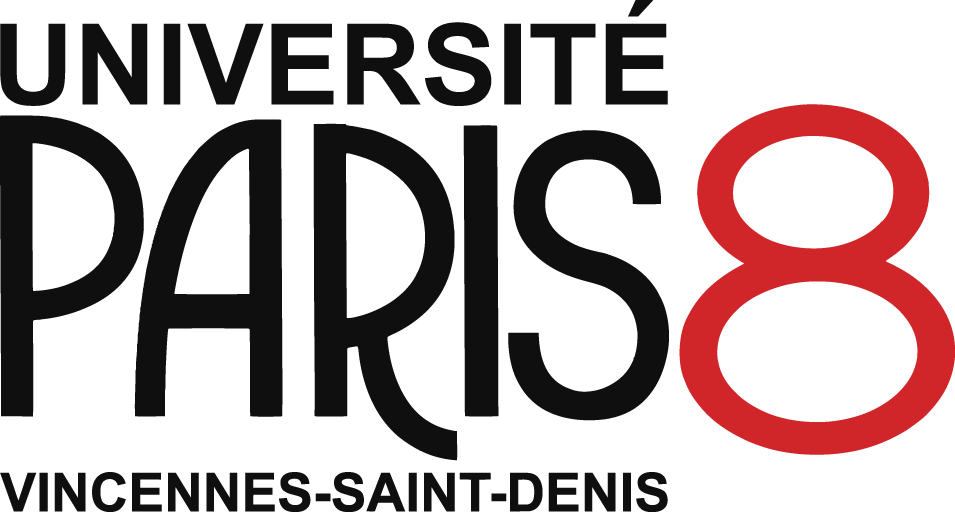Generic Images (index, generate, learn): A Heteromatic Environment?
Résumé
In the 1960s and 1970s, scientific and technological progress heralded a new industrial era and a new cultural model. Fordism gave way to information society; and post-war modernism to dematerialized post-modern art. The New Tendencies movement which emerged in Zagreb seized upon this rapid development by conducting Computer and Visual Research, offering the possibility of making concealed processes visible in the hope of giving everyone the opportunity to negotiate this future world.
In a society that is now composed with algorithms, dubbed by the promise of a computational intelligence, it is worth asking which place we reserve for the construction of the subject (in the words of the epistemologist Jean Piaget). Art, which is conceived with algorithms and in particular the digital image, is investigated in the context of education. The fact that algorithmic art must be verbalized and formalized would foster an increased reflection on the artistic practice itself. We find these thoughts in the practice of pioneering computer artist Frieder Nake. Following theoretical investigations in generative aesthetics, we will then present a creative implementation.
Generic Images is a creative software project based on an open workshop for algorithmic practice in the context of art education. The procedural drawing software that is presented here serves as an experiment for creating graphical and generative content from a participatory process. Through an experience such as the one proposed how do individuals, algorithms and artistic language interact? Can we talk about a “heteromatic” environment? Can we transpose artistic practice to an algorithm or a software? In retrospect, is a generative image an image that has learned art?
Dans les années soixante et soixante-dix, le progrès scientifique et technologique annonce un changement d’ère industrielle et de modèle culturel : du fordisme à la société de l’information ; du modernisme de l’après-guerre à un art post-moderne dématérialisé. Le mouvement des Nouvelles Tendances qui a émergé à Zagreb s'est emparé de ce développement rapide en menant des Recherches Informatiques et Visuelles, offrant la possibilité de rendre visibles des processus cachés, dans l'espoir de donner à chacun la possibilité de négocier le monde à venir.
Dans une société désormais composée d'algorithmes, accompagnée par la promesse d'une intelligence computationnelle, il convient de se demander quelle place est réservée à la construction du sujet (au sens du constructivisme de Jean Piaget). L'art qui se conçoit avec des algorithmes, et en particulier l'image numérique, est étudié dans le contexte de l'éducation. Le fait que l'art algorithmique doit être verbalisé et formalisé favoriserait une réflexion accrue sur la pratique artistique elle-même. On retrouve ces réflexions dans la pratique de Frieder Nake – artiste pionnier du Computer Art. En réponse à ces investigations théoriques en esthétique générative, nous présenterons ensuite une proposition créative.
Images génériques est un projet de logiciel créatif basé sur un atelier ouvert pour la pratique algorithmique dans un contexte d’éducation artistique. Le logiciel de dessin procédural présenté ici sert d'expérimentation pour la création de contenus graphiques et génératifs à partir d'un processus participatif. À travers une expérience comme celle-ci, comment interagissent les individus, les algorithmes et le langage artistique ? Peut-on parler d'un environnement « hétéromatique » (Ekbia et Nardi, 2017) ? Peut-on transposer la pratique artistique à un algorithme ou à un logiciel ? Finalement, une image générative est-elle une image qui a appris l'art ?
Fichier principal
 _GA2018_GENERIC IMAGES_FINAL_robillard-lioret_reviewed_renumbered.pdf (4.42 Mo)
Télécharger le fichier
_GA2018_GENERIC IMAGES_FINAL_robillard-lioret_reviewed_renumbered.pdf (4.42 Mo)
Télécharger le fichier
Origine : Accord explicite pour ce dépôt
Licence : Copyright (Tous droits réservés)
Licence : Copyright (Tous droits réservés)
